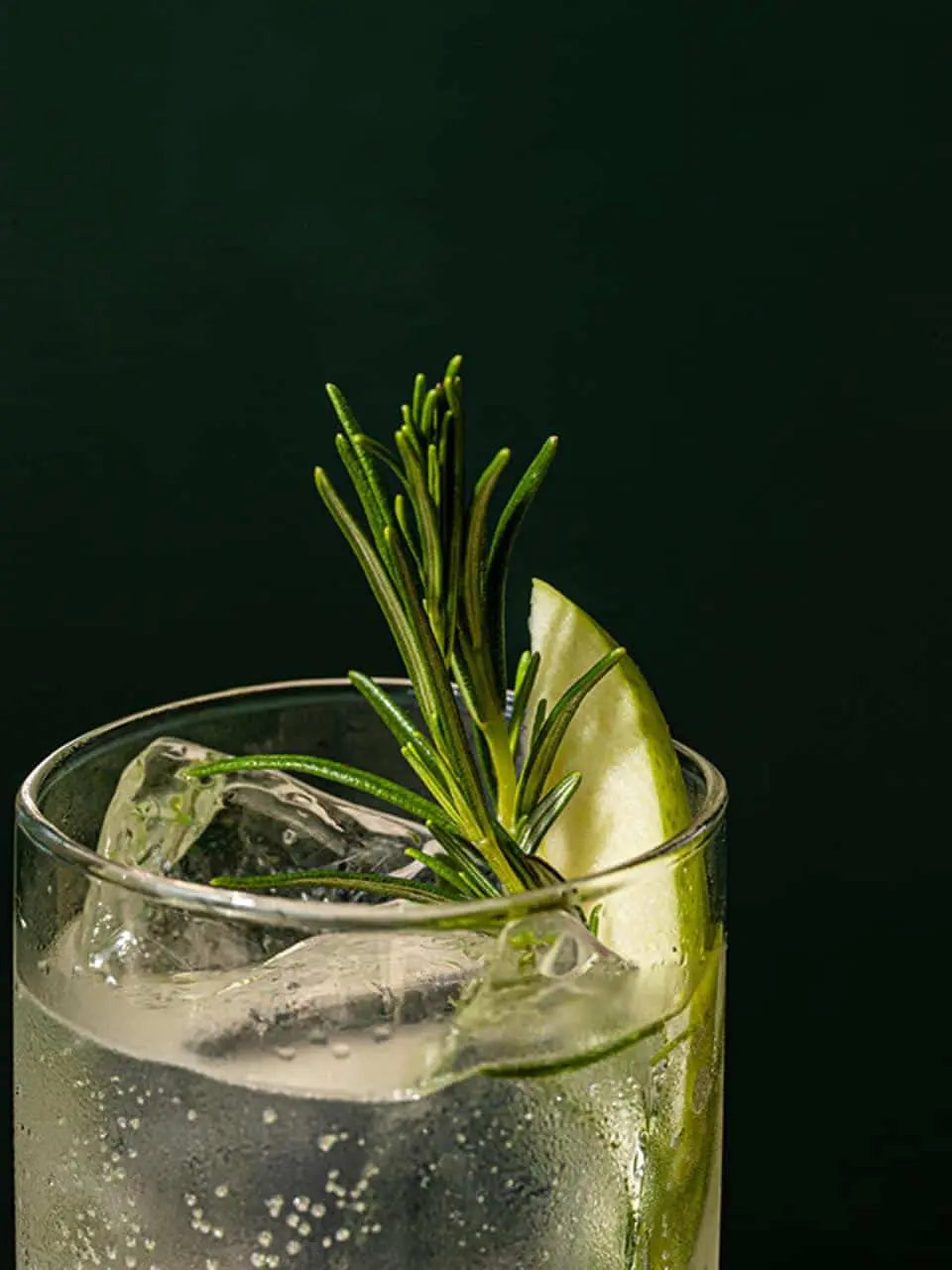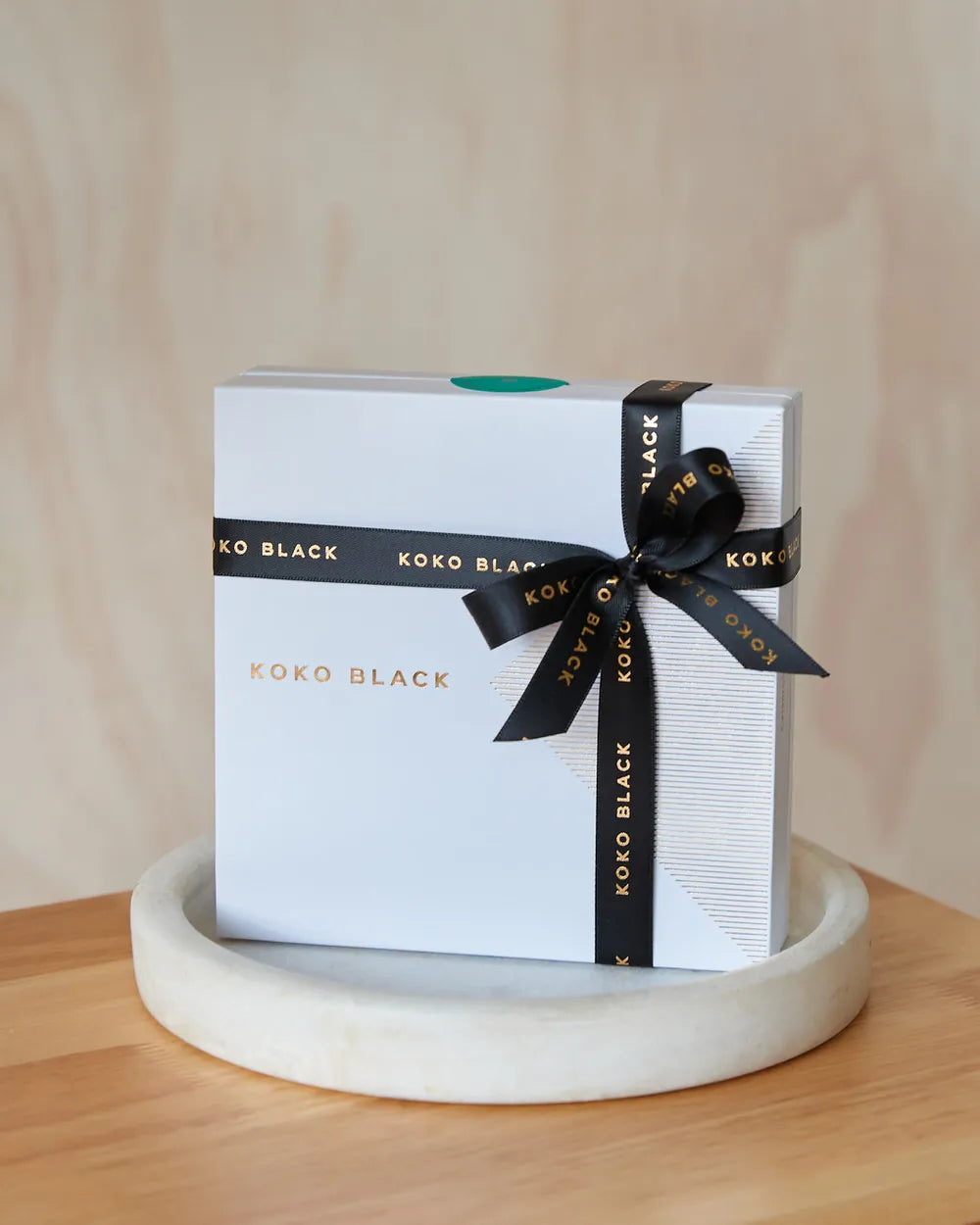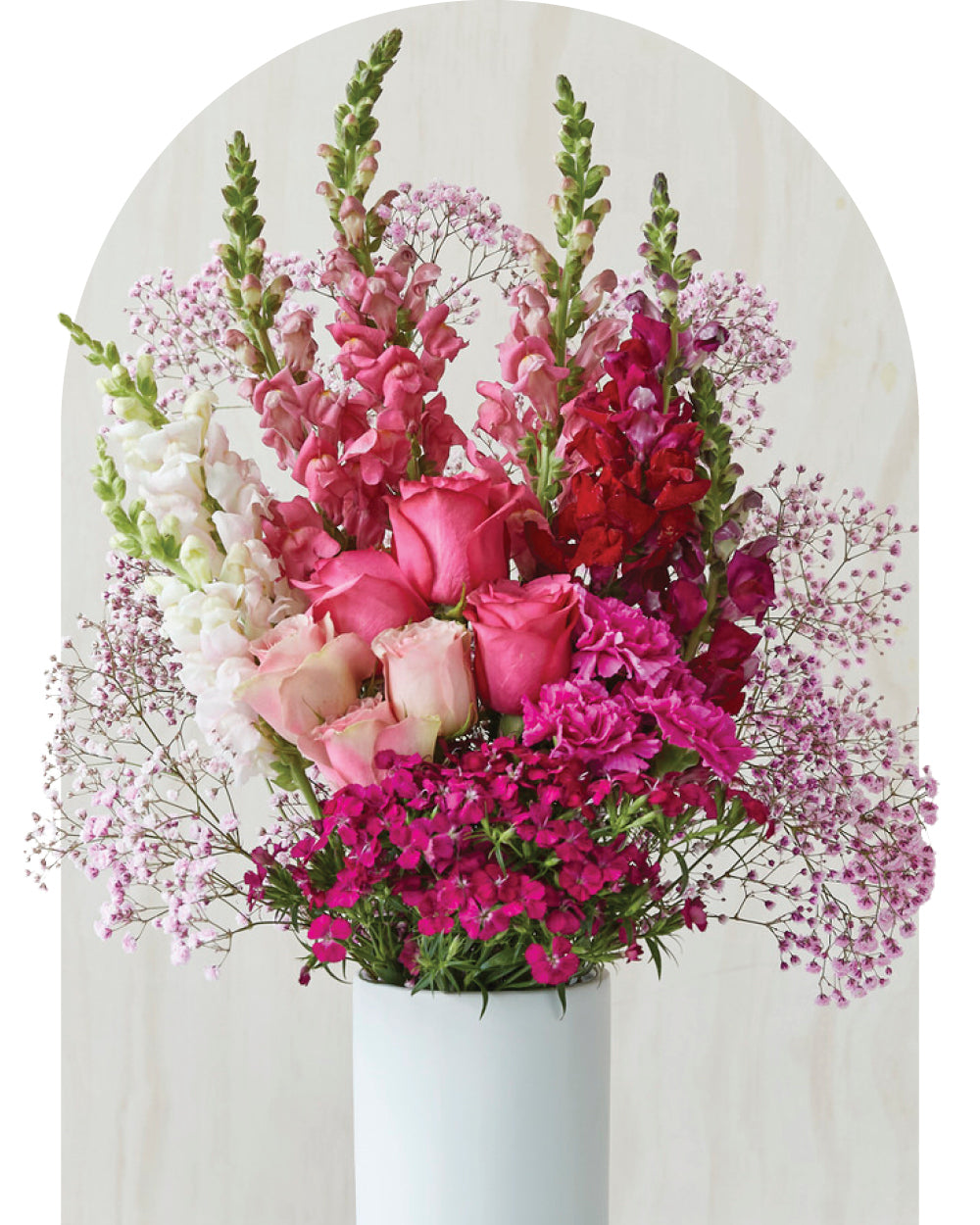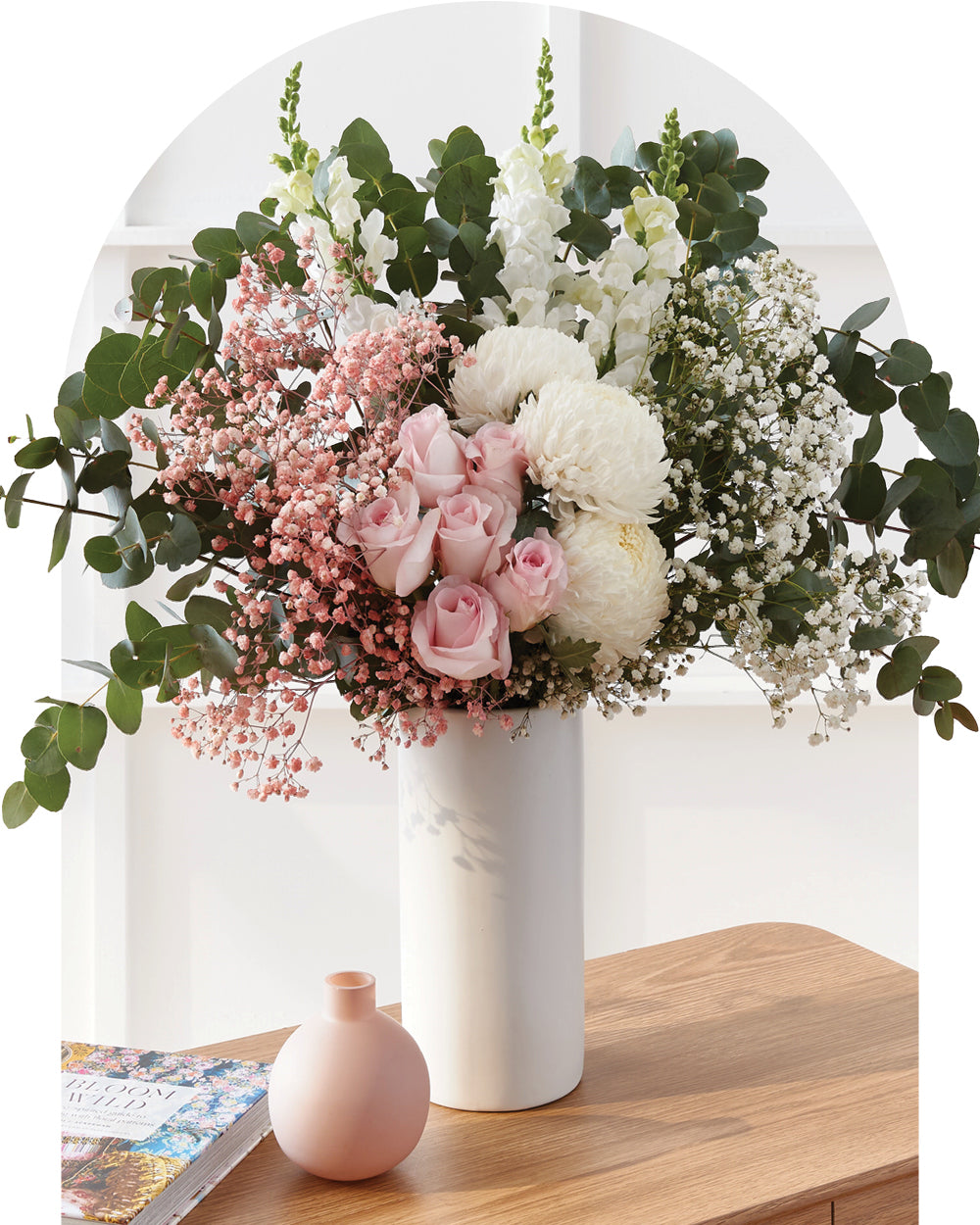Did you know that ‘gin’ in Hungarian roughly translates to “alcoholic flower water”?
OK, so that’s not exactly true. April Fools!
However, many of our favorite brands do flavour gin with botanicals like rose petals, lavender, chamomile, and other fabulous florals… so you’re technically drinking alcoholic flower water! Distillers have been adding botanicals to flavour gin for years; however, the trend has definitely taken off in the last decade in a big, transformative way.
What are Botanicals and how are they used?
Botanicals are substances derived from plants that can be used in a range of medicinal, cosmetic and alcoholic products. Gin starts with a ‘base spirit’ which is usually flavourless and very strong in alcohol content. Botanicals are then infused in the base spirit through a process of maceration in order to extract their essential oils and hence flavours, which essentially means letting the botanicals have a pool party in the base spirit. The pool party fun times can range from a few short minutes to a raging few days.
The defining botanical used in gin is juniper berries which gives it the distinctive herbaceous undertone, with additional botanicals ranging from classics like coriander, cinnamon and citrus peel, to eccentric ingredients like abalone shell and sage (Taylor & Smith Dry Gin) to olive leaf tea and olive oil (Four Pillars Olive Leaf Gin).
Archie Rose even lets you choose your own botanicals and their strengths – you can have your very own gin party!
What are Botanicals in Gin?
Gin used to be what Auntie Eunice was sipping in her routine daily martini, or what James Bond would have ‘shaken not stirred’. But thanks to the explosion of boutique distilleries and their experimentation with gin – there is now many options that can appeal to anyone’s tastes!
As florists we live and breathe all things flowers, so we wanted to share the fascinating history of gin botanicals. It involves some burnt nostril hairs, the Plague, and an English king, so buckle up! Then we’ll reveal an exciting new brand collaboration you’re going to love.

A (Very) Brief History of Gin Botanicals
Gin distillation processes began in the Middle East around 900 years ago, but it was another few hundred years before people actually began to drink gin.
Gin was originally used for medicinal purposes in Europe to try and ward off the Black Death (was the smell alone was enough to ward of Death itself??). However, you can probably guess, gin didn’t quite have the desired medicinal effect. All it did was burn the nostrils of those brave enough to let it within nose distance. This is when botanicals such as juniper berries were added, utilising the power of aromatics to render it more palatable.
Thus began the process of adding botanicals to gin.
Once people began to drink gin, they realised it didn’t just smell bad… it tasted bad. To make the taste more palatable, they experimented with adding different ingredients such as citrus fruits and coriander. In 1689, King William III of England decided he didn’t like the taste of gin. In order to get his vengeance on the nostril burning spirit, he taxed imports of it from the Netherlands (the British invented gin, but the Dutch manufactured it). Eventually, gin fell out of favour in England, quickly followed by the rest of Europe. The drink didn’t experience a resurgence in popularity until around the 1800’s when new distillery processes made it smell and taste much better.
Still, these new distillery processes didn’t totally convince manufacturers that it was enough to save the flavour, so they kept using additional botanicals as well to balance it out. By this time, Europeans were traveling a around the globe and being exposed to a greater variety of natural flora – some of which they brought back to infuse into their gin! Gin was back… and just in time for the invention of cocktails, a term which was first coined in 1806. It all began with a mixture of gin and ginger syrup, with countless gin cocktails in circulation today such as the the Aviation, Martini and Bramble. The practice (some would say the art) of adding botanicals to gin continued into the 19th and 20th centuries but only in the last few years have manufacturers really experimented with floral flavours.
What is a Botanical Ingredient You Should Try?
Here are some accessible botanical ingredients that go well with gin! Let us know in the comments section if you’ve tried any of these. Of maybe you have your own recommendations?
- White poppy
- Lotus leaves
- Saffron
- Orange blossom
- Jasmine
- Pink peppercorn
- Rosemary
- Persian rose
- Hibiscus
Garnish From Your Garden
And if you’ve never before garnished your gin, what better time to start? Our good friends at Archie Rose recently published this great guide to garnishing your G&T with herbs & fruit from the garden. As fanatical flower lovers, Fig & Bloom is 100% picking up what Archie is putting down!
So, if all this gin talk has whet your appetite perhaps it’s time to pour yourself a drink.
Cheers to you!













